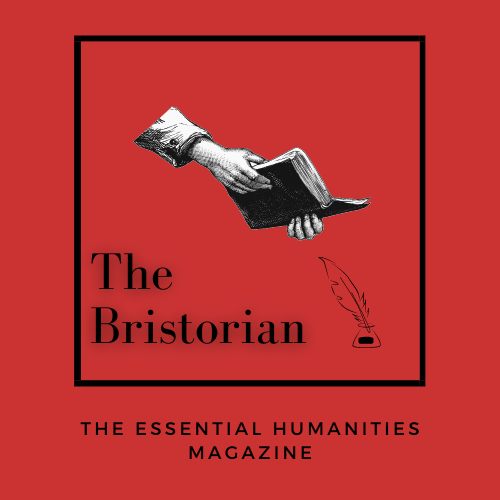Game of Roses: Immersing Sixth Formers in the Wars of the Roses through Role-play
By Charlie Farmer, 4th Year French and History
In 2018, I first participated in the Game of Roses, a historically themed school trip run by my old sixth form, Wymondham High Academy. When I was asked by the Head of History, Mr Duncan Rowe to return and help conduct the fourth iteration of the games this January, I was only too pleased.
Having studied the Wars of the Roses as part of our A-Levels, this adapted our knowledge into a large and chaotic role play game, devised by Duncan and his friend Harry, and in part inspired by Game of Thrones (which was itself inspired by the Wars of the Roses). The Wars of the Roses took place during a wider period of civil unrest but is generally identified as the period between 1455 (The first battle of St Albans) and 1485 (the Battle of Bosworth).
Such a period of battles, allegiances, and lots of rumours, presents the perfect backdrop for the game. Beginning in 1483 with the announcement of the death of King Edward IV, the students can then interact with each other, making decisions which affect the lives of and alliances between the characters. Each student plays as a different historical character, who all have their own individual motivations and bargaining powers, as well as the overarching motivations of their faction.
Game 2: Tudor Faction’s pregame briefing.
At the end of each game, each faction declared which claimant to the throne they were supporting, and the strengths of each army were calculated based upon the game’s alliances. Then, the finale of the game: two members of staff suit up in armour and gather their weapons, acting as the champion for each claimant to the throne and battling it out in front of the students. Only when one knight is defeated, do the students know the outcomes of their actions, alliances and factions.
Though these games do not follow an actual history of the Wars of the Roses, they instead give students an understanding of the motivations, tensions and factional relationships that drove the actions of historical agents. One group explained their struggle to communicate with each other, and make informed decisions, particularly when certain characters had commitments in the privy council or parliament. This identification of the complexities of communication, and how quickly alliances changed, developed their understandings of tensions within 15th century English politics.
Serious debates with Parliament in Westminster
During the games, students were asked to make speeches in character to the other players. Despite having no preparation, the enthusiasm with which they did so highlights the sheer spirit that resonates throughout the games, one student declaring ‘the history just comes alive!’.
The Game of Roses follows the trend of using role play, acting and games to explore history, particularly within education and public history. In 2004, Dr Joan Tumblety conducted a study on teaching university students history through role play. She concluded that though grades or understanding did not increase, students’ engagement and interest in the historical topic did. (Joan Tumblety, ‘Evaluating role-play in history teaching’)
In practice of course, this relies on teachers’ willingness and ability to tackle ambitious projects, going above and beyond to create an impactful experience for their students. For anyone who gets an opportunity to experience such an event, their engagement and enjoyment of history will no doubt be deeply entrenched.
The Final Battle: champions from Gloucester and Edward V’s armies battle it out.
Edited by Scarlett Bantin



